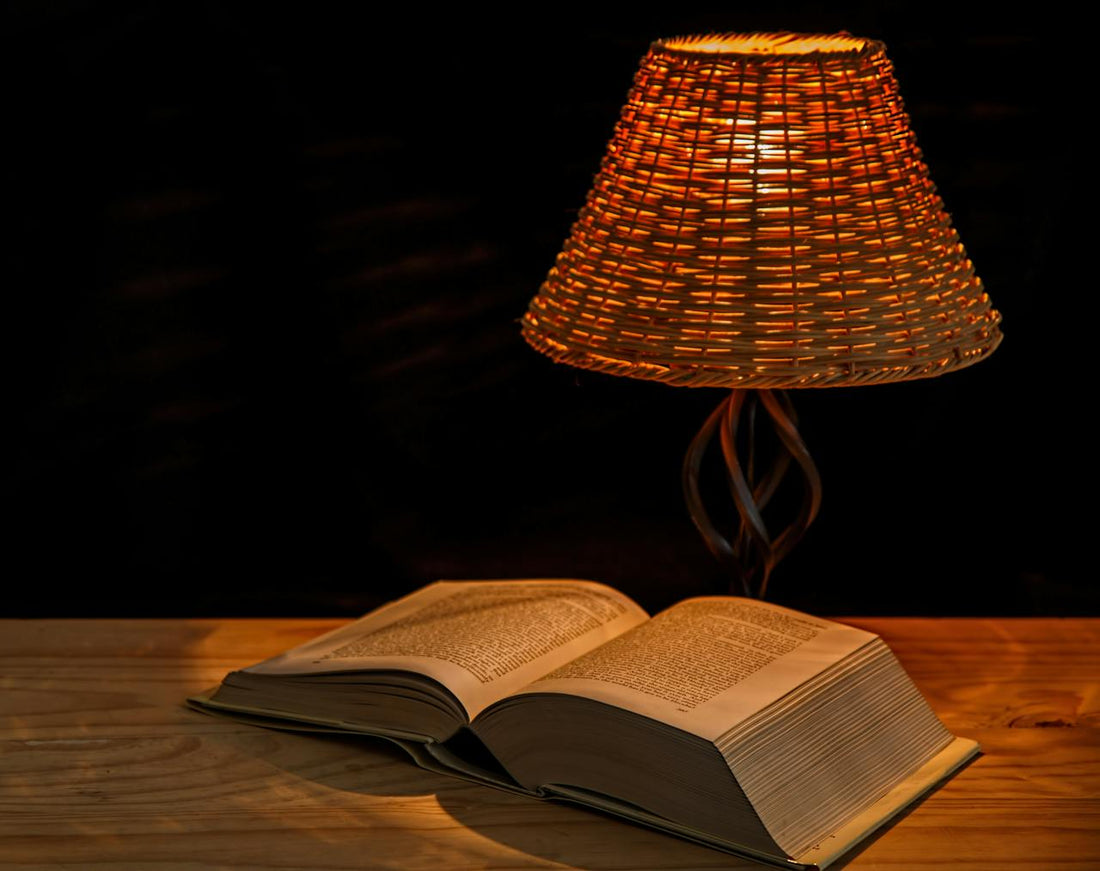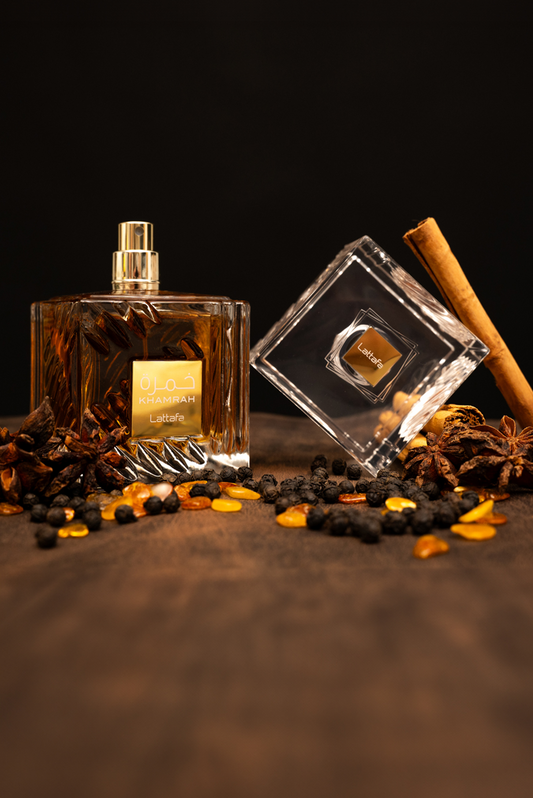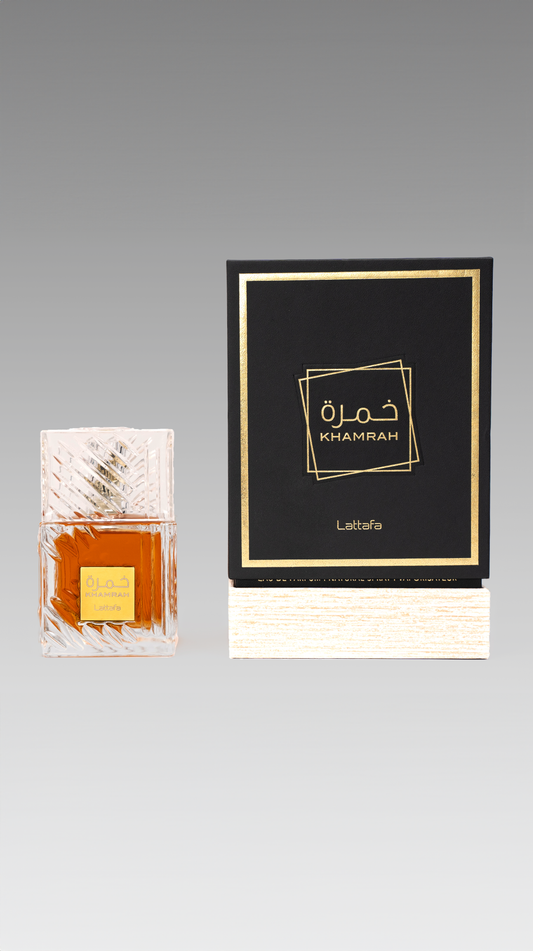
A brief glossary of perfumery jargon
Share
Perfumery is much more than just a collection of fragrances. It is a rich and captivating universe where each note, each scent, tells a story. At the heart of this sensory experience is a specific language, a captivating jargon that brings each fragrance to life.
The importance of specific language
Imagine immersing yourself in a world where each aroma, each olfactory nuance is a key piece of a subtle puzzle. It is precisely in this sensory immersion that the beauty of perfumery lies. To truly appreciate and understand this art, it is essential to master the language that accompanies it.
Perfumery jargon is a lexicon in its own right, made up of delicate and evocative terms. It allows you to accurately describe the different olfactory facets of a perfume, ranging from fleeting top notes to deeper, more persistent nuances at the base.
The purpose of the glossary
In this article, we will delve into this scented world and explore this specific lexicon. We will detail the essential terms that constitute the language of perfumery. The objective? Offering you a valuable tool to fully appreciate the art of perfume, to understand its subtleties and the stories it tells through its fragrances.
Through this exploration of perfumery jargon, we invite you to discover a new way of understanding these bottles, to reveal the captivating secrets they contain and to immerse yourself in a universe where each word is an invitation to an olfactory journey.
The basics of perfumery language
In the complex world of perfumery, understanding fundamental terms is essential to grasp the subtlety of each olfactory creation. Here then are the pillars of language in perfumery, key elements that shape the way we perceive and describe perfumes.
Top, heart and base notes
At the heart of any fragrance are three essential elements: the top, heart and base notes. These categories define the olfactory evolution of a perfume.
Top notes are the first olfactory impressions, ephemeral and volatile. They capture our attention from the first sprays and offer an initial glimpse of the scent. These notes are often fresh, fruity or floral.
The heart notes reveal themselves once the top notes have dissipated. They form the very essence of the perfume, representing its character and personality. These notes are more long-lasting and can be floral, woody or spicy.
Finally, the base notes emerge after a while on the skin and form the lasting basis of the perfume. They are rich, deep and linger for a long time, leaving a memorable impression. These notes are often woody, amber or musky.
Understanding this tripartite structure of a perfume is essential to fully appreciate its evolution and complexity. It's a bit like revealing the different chapters of a captivating olfactory story.
The different types of perfumes
The diversity of perfumes goes well beyond the simple variety of fragrances. It also encompasses a detailed classification based on the concentration of aromatic ingredients, creating a range of olfactory products with distinct nuances.
Perfumes, eau de toilette, eau de parfum...
Fragrances are often categorized into different concentrations, thereby determining their intensity and durability. Here are some of the most common classifications:
- Perfume: Also called perfume extract, it has the highest concentration of aromatic oils, generally varying between 15% and 40%. This type of perfume offers exceptional longevity and intense projection.
- Eau de parfum: Eau de parfum is slightly less concentrated than perfume, ranging between 10% and 20% aromatic oils. It offers less lasting power than the perfume but still has a marked projection.
- Eau de toilette: With a concentration of approximately 5% to 15%, eau de toilette is lighter and refreshing. It tends to fade more quickly on the skin but is ideal for daily use.
- Eau de Cologne: Historically, Eau de Cologne was characterized by an even lower concentration, but today it is more varied. It offers light, refreshing scents, perfect for warm climates or frequent application.
These variations in concentration allow everyone to choose a perfume adapted to their preferences, their lifestyle and even the occasion for which it will be worn.
Component-specific vocabulary
Behind each perfume lies a complex assembly of carefully chosen aromatic elements. Understanding the vocabulary related to these components is essential to deciphering the nuances and unique characteristics of each fragrance.
Iconic perfumery ingredients
Among the most emblematic components used in the creation of perfumes are:
- Musks: These substances of animal or synthetic origin bring a sensual and warm note to perfumes, often creating a solid and captivating base.
- Aldehydes: Chemical compounds adding shine and freshness to perfumes, aldehydes are often associated with floral or fruity notes.
- Woody: These components, coming from bark, resins or precious wood, give rich and deep nuances to perfumes, sometimes evoking scents of cedar, sandalwood or patchouli.
- Citrus fruits: Extracts from the peel of citrus fruits such as lemon, orange or grapefruit, these components add a lively and invigorating freshness to perfumes.
- Flowers: Among the most common, floral extracts such as rose, jasmine or lily of the valley offer delicate, feminine and romantic notes.
Each component plays a crucial role in the composition of a perfume, bringing its own personality and contributing to the complexity of the whole.
Emerging trends and concepts
The world of perfumery is constantly evolving, exploring new olfactory paths, pushing the limits of creativity and introducing innovative concepts.
New olfactory horizons
In this era where innovation is key, new trends are emerging, redefining the established standards of perfumery. Some notable trends and concepts include:
- Eco-Friendly Fragrances: A growing trend toward eco-friendly fragrances using natural, sustainable ingredients, often from organic farming or renewable sources.
- Unisex or genderless perfumes: The abolition of traditional boundaries between masculine and feminine perfumes, offering olfactory creations suitable for everyone, regardless of gender.
- Technology and perfumery: The integration of technology into the perfume creation process, whether through the use of algorithms to predict trends or the creation of unique synthetic fragrances.
- Exploration of new olfactory territories: Daring creators explore previously unpublished olfactory combinations, sometimes mixing surprising notes to offer unique olfactory experiences.
These trends are redefining not only the way perfumes are created, but also the way we perceive and adopt them in our daily lives, opening new chapters in the history of modern perfumery.
Conclusion and use of the glossary
As we journey through the intoxicating world of perfumery, we have explored the nuances of language that bring each fragrance to life. This glossary of perfumery jargon serves not only as a guide, but also as an invitation to a deeper and richer appreciation of fragrances.
An open door to the olfactory universe
By understanding the basics of perfumery language, from fleeting top notes to long-lasting base accords, we have gained a more informed perspective on the construction of a fragrance. From distinguishing between different types of fragrances to discovering the key components, each term allowed us to deepen our olfactory experience.
Towards new olfactory explorations
Additionally, by exploring emerging trends and concepts, we have glimpsed the future of perfumery, a fertile territory for innovation and creativity. Traditional boundaries are dissipating, giving way to a new era where eco-responsible, unisex and innovative perfumes are carving out a place of choice.
Using the glossary: a tool to fully appreciate
In conclusion, whether you are a perfume lover or an industry professional, this glossary is intended to be a valuable companion for decoding the subtleties of this captivating olfactory world. Use it as a guide during your olfactory explorations, as an accomplice to better appreciate each note, each composition and each story that perfumes have to tell.
Immerse yourself in this world, let yourself be carried away by the scents and olfactory stories, and may this glossary accompany you on each of these sensory journeys.









